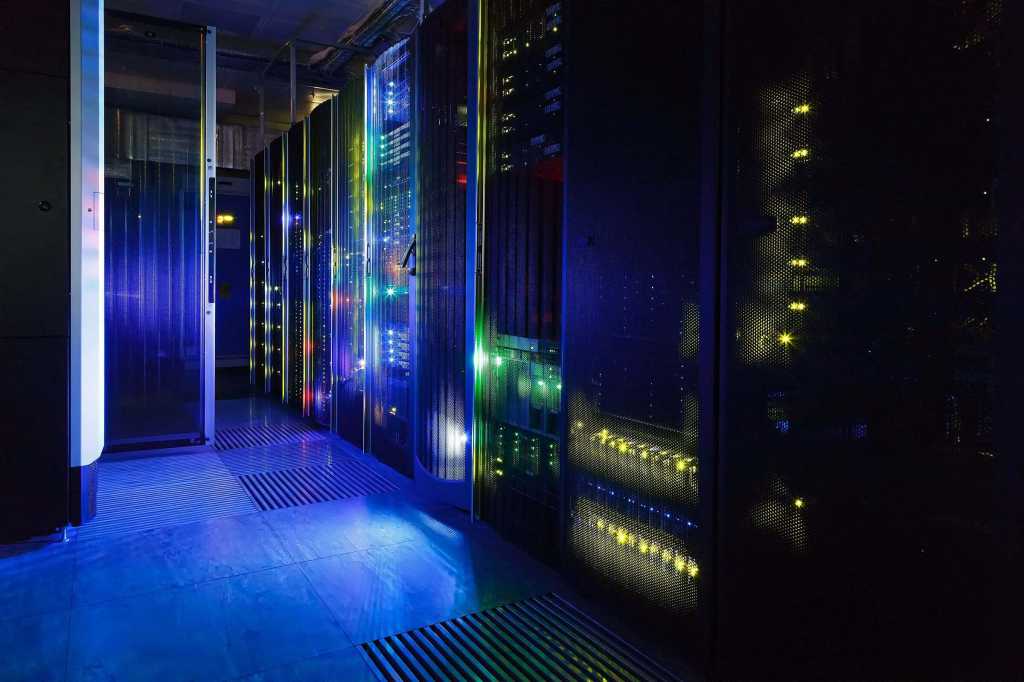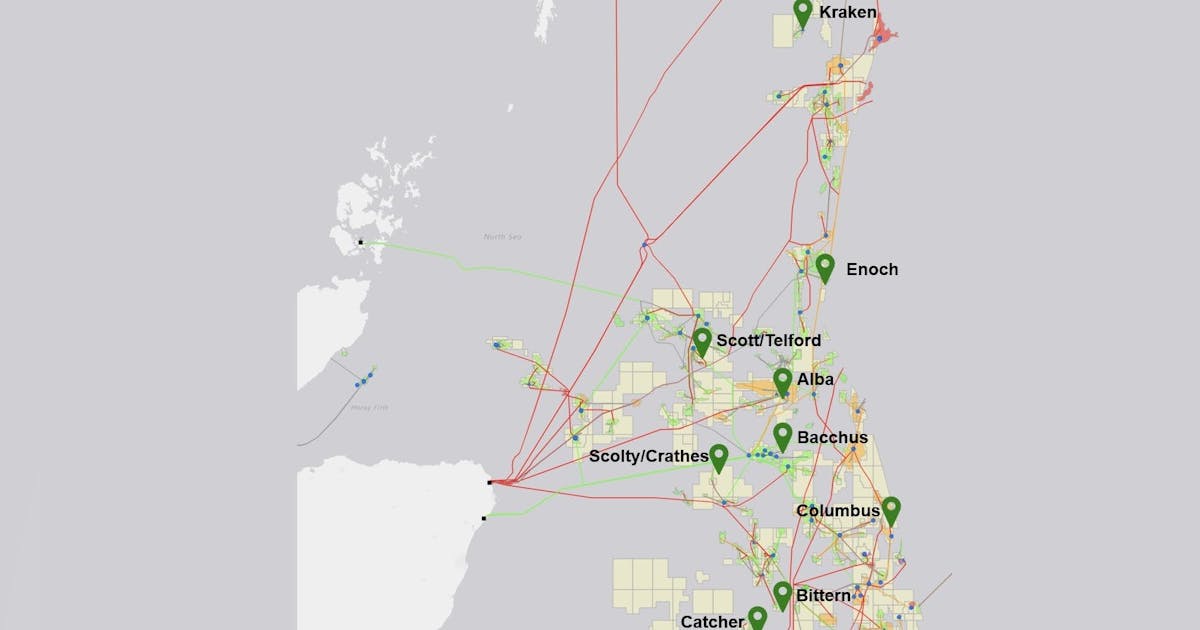
The United Kingdom (U.K.) government has published new guidance on how the environmental impact of oil and gas projects in the North Sea should be evaluated.
The new guidance is aimed at applications for projects in North Sea oil and gas fields that are already licensed, the Department for Energy Security and Net Zero said in a statement.
The guidance follows the ruling of the U.K. Supreme Court in the Finch case on June 20, 2024, that requires operators to consider the impact of burning oil and gas in Environmental Impact Assessments for oil and gas extraction projects.
The guidance will “ensure the full effects of fossil fuel extraction on the environment are recognised in consenting decisions,” according to the statement.
Offshore developers will now be able to submit their applications for consent to extract oil and gas in fields that have already been licensed, a process that has been paused since the Finch Supreme Court judgment.
The U.K. Energy Secretary will consider the significance of a project’s environmental impact, while taking into account and balancing relevant factors on a case-by-case basis when assessing applications, the statement said.
U.K. Energy Minister Michael Shanks said, “This new guidance offers clarity on the way forward for the North Sea oil and gas industry, following last year’s Supreme Court ruling”.
“It marks a step forward in ensuring the full implications of oil and gas extraction are considered for potential projects and that we ensure a managed, prosperous, and orderly transition to the North Sea’s clean energy future, in line with the science,” Shanks continued.
“We are working with industry, trade unions, local communities and environmental groups to ensure the North Sea and its workers are at the heart of Britain’s clean energy future for decades to come – supporting well-paid, skilled jobs, driving growth and boosting our energy security,” he concluded.
Last week, the government confirmed $12.65 billion (GBP 9.4 billion) for carbon capture and storage projects, according to the statement. The government said it will provide around GBP 200 million to progress the Acorn project in Aberdeenshire, subject to business case, as part of the commitment for carbon capture and storage projects across the country.
Later in the year, the government said it plans to respond to its consultation on how to support a successful clean energy transition for the North Sea and its workers, and on the commitment not to issue new licenses to explore new oil and gas fields.
Earlier in the year, the government confirmed Aberdeen, Cheshire, Lincolnshire, and Pembrokeshire as the four key growth regions for clean energy and launched pilots to help workers in these areas access jobs in new clean energy industries, according to the statement. The government said it also plans to assist oil and gas workers to move into the clean energy sector through a “skills passport” designed to guide workers into offshore wind careers initially, and then expanding to other roles in renewables later in the year.
To contact the author, email [email protected]
WHAT DO YOU THINK?
Generated by readers, the comments included herein do not reflect the views and opinions of Rigzone. All comments are subject to editorial review. Off-topic, inappropriate or insulting comments will be removed.
MORE FROM THIS AUTHOR























